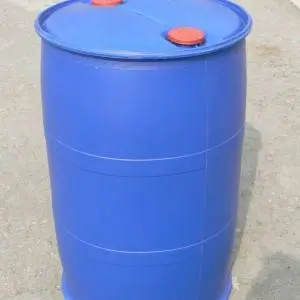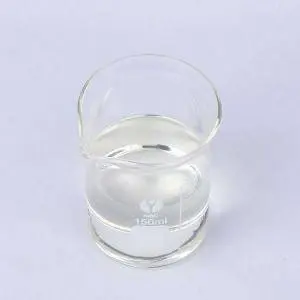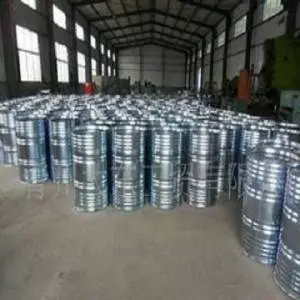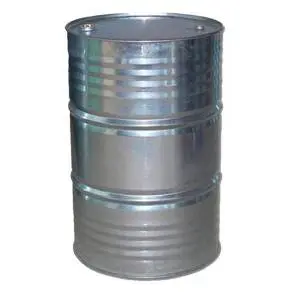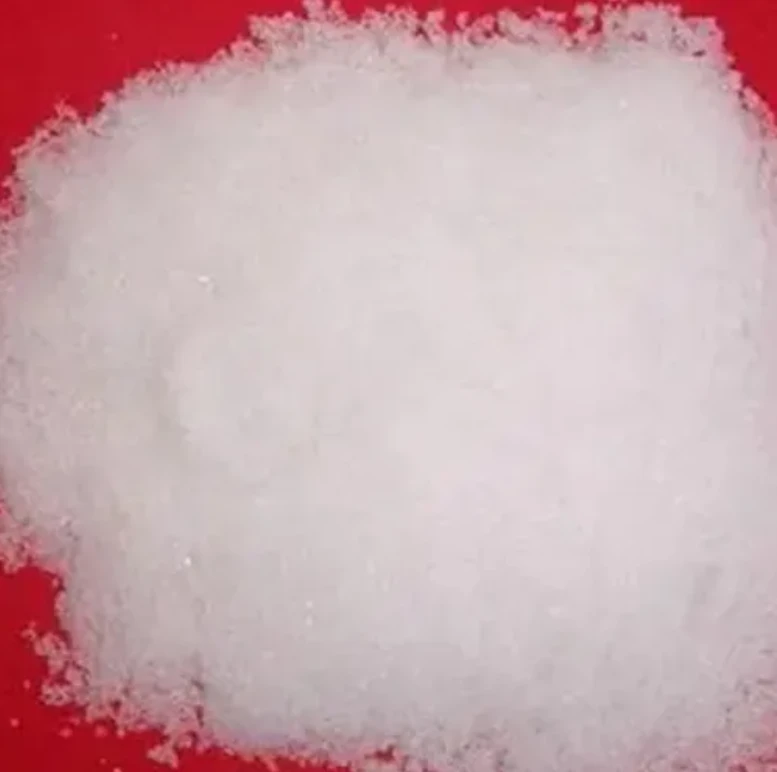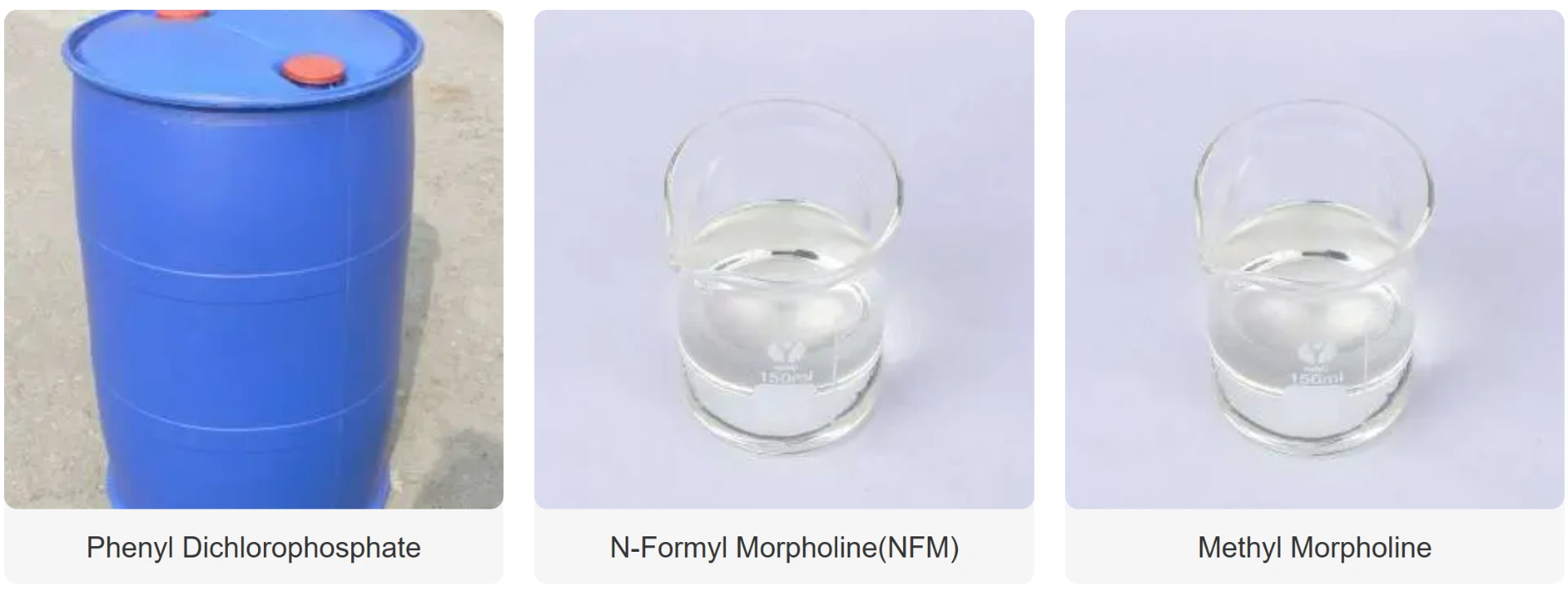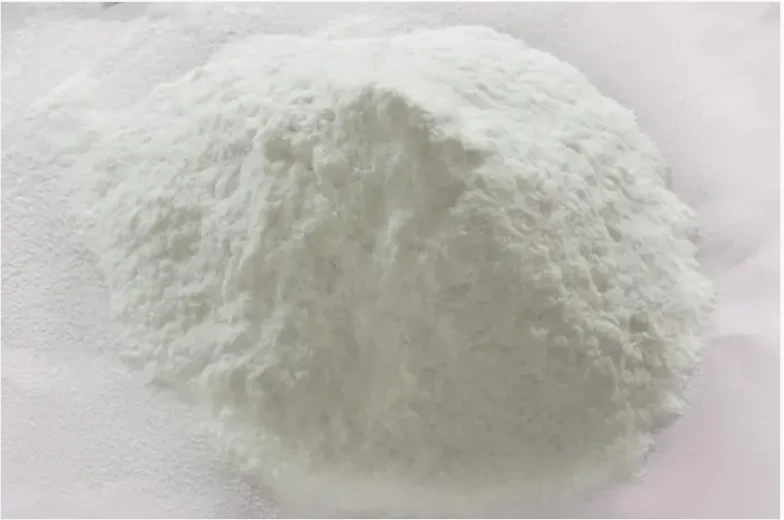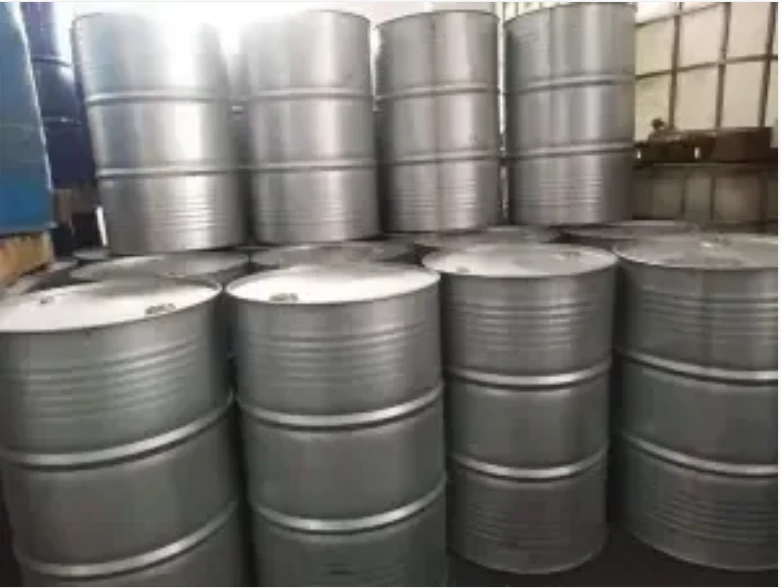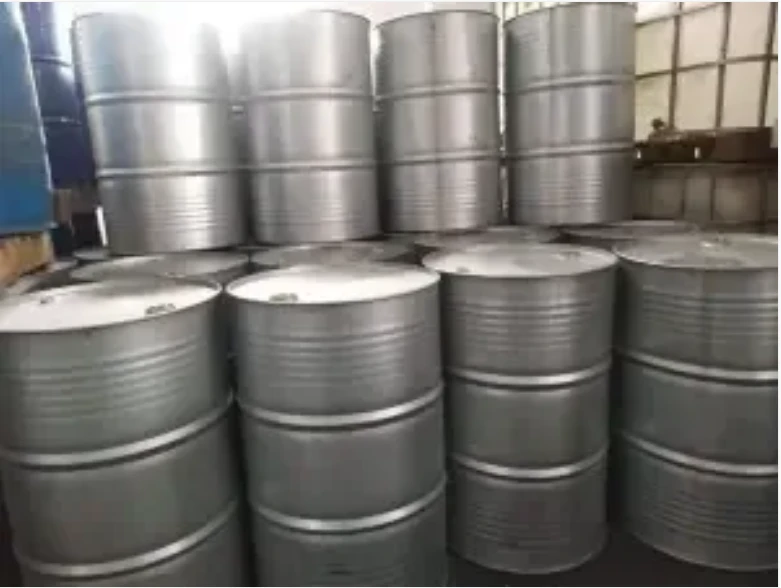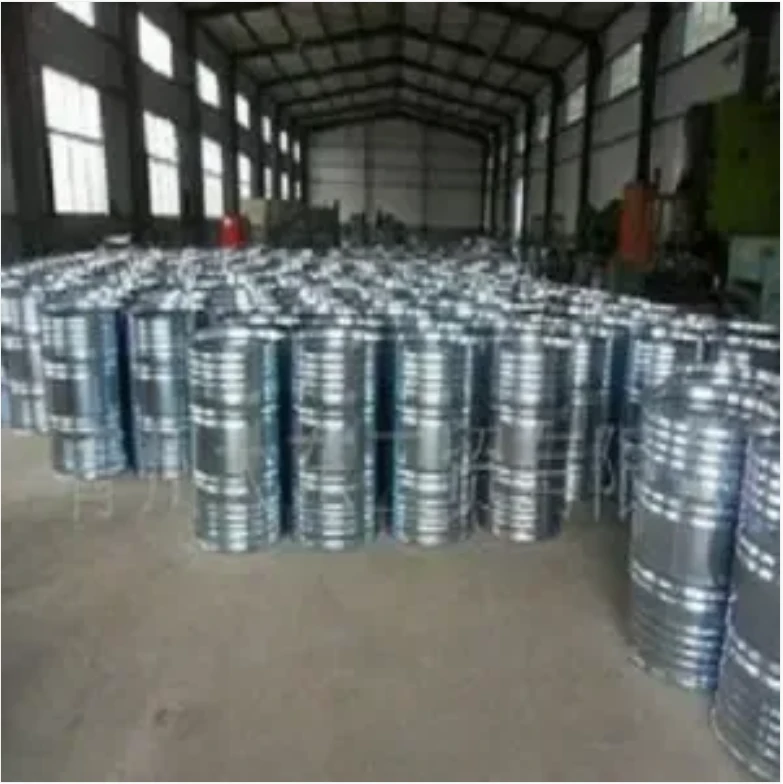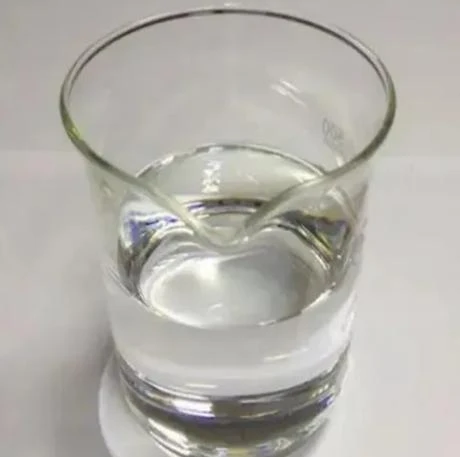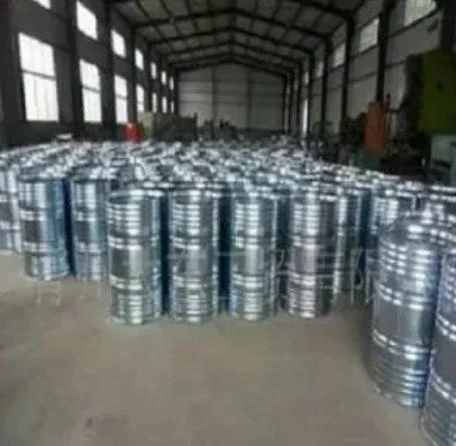PMDETA: High-Efficiency Pentamethyldiethylenetriamine Catalyst
Understanding Pentamethyldiethylenetriamine (pmdeta) in Industrial Applications
Pentamethyldiethylenetriamine (pmdeta) is a crucial aliphatic polyamine widely recognized for its unique chemical properties, making it an indispensable component across various industrial sectors. As a highly effective tertiary amine catalyst, it plays a pivotal role in accelerating chemical reactions, particularly in the synthesis of polyurethane foams and epoxy resins. Its distinct molecular structure, featuring three nitrogen atoms with methyl groups attached, imparts exceptional catalytic activity and selectivity. This compound's robust performance in demanding industrial environments, coupled with its ability to enhance process efficiency and product quality, solidifies its position as a preferred choice for manufacturers seeking superior chemical intermediates. Understanding its precise applications and technical specifications is key to unlocking its full potential in modern industrial chemistry.
The demand for high-performance chemical catalysts continues to rise, driven by evolving industry requirements for greater efficiency, sustainability, and end-product quality. In this landscape, Pentamethyldiethylenetriamine (pmdeta) stands out due to its efficacy in low concentrations and its ability to significantly reduce curing times in various polymerization processes. Its versatility extends beyond catalysis to include applications as a complexing agent in metal chemistry and as a component in certain corrosion inhibition formulations. The ongoing trend towards more sustainable chemical production methods also highlights the importance of optimizing reaction kinetics and reducing energy consumption, areas where the judicious application of this potent amine can yield substantial benefits.
Technical Parameters and Specifications of Pentamethyldiethylenetriamine (pmdeta)
For B2B stakeholders, a comprehensive understanding of the technical parameters of Pentamethyldiethylenetriamine (pmdeta) is essential for proper selection and application. Key specifications like purity, water content, and specific gravity directly impact its performance and suitability for various industrial processes. High purity levels, typically exceeding 98%, ensure consistent catalytic activity and minimize unwanted side reactions, which is critical in sensitive polymerization or formulation chemistries. The boiling point and flash point are crucial for safe handling, storage, and transportation, aligning with international safety standards.
| Parameter | Value | Measurement Standard |
|---|---|---|
| Chemical Name | Pentamethyldiethylenetriamine | IUPAC Nomenclature |
| CAS No. | 3030-47-5 | Chemical Abstracts Service |
| Molecular Formula | C9H23N3 | Empirical Formula |
| Molecular Weight | 173.30 g/mol | Calculated |
| Purity (GC) | ≥ 98.0% | ASTM D6866 or Equivalent GC Method |
| Water Content | ≤ 0.1% | Karl Fischer Titration (ASTM E203) |
| Appearance | Clear, Colorless to Pale Yellow Liquid | Visual Inspection |
| Density (20°C) | 0.810 - 0.820 g/mL | ASTM D4052 |
| Boiling Point | 198 - 202°C | ASTM D1120 |
| Flash Point (Closed Cup) | ~65°C | ASTM D93 |
These parameters are meticulously monitored through advanced analytical techniques such as Gas Chromatography (GC) for purity, Karl Fischer titration for water content, and standard ASTM methods for physical properties. Adherence to these strict quality control measures ensures that each batch of Pentamethyldiethylenetriamine (pmdeta) consistently meets the high standards required by industries like petrochemicals, where catalysts dictate reaction kinetics and product yield. Such rigorous testing protocols contribute significantly to the reliability and performance of end products, offering peace of mind to manufacturers.
The Manufacturing Process of Pentamethyldiethylenetriamine (pmdeta)
The production of Pentamethyldiethylenetriamine (pmdeta) involves a sophisticated chemical synthesis process designed to achieve high purity and consistent quality. Typically, the manufacturing commences with readily available precursors, undergoing a multi-step reaction pathway that includes amination and methylation. The selection of raw materials, such as diethylenetriamine (DETA) and formaldehyde, is critical, as their purity directly influences the final product's characteristics. The reaction is carefully controlled under specific temperature and pressure conditions, often employing a catalyst to optimize yield and selectivity while minimizing by-product formation.
Post-reaction, the crude product undergoes extensive purification. This stage typically involves distillation, where the desired Pentamethyldiethylenetriamine (pmdeta) is separated from unreacted raw materials, solvents, and impurities based on their differing boiling points. Multiple distillation columns may be employed to achieve the high purity levels required for sensitive applications. Each step of the manufacturing process, from raw material inspection to final product packaging, adheres to stringent quality control standards, such as those prescribed by ISO 9001. This ensures consistent product integrity and traceability. Furthermore, products are rigorously tested to comply with international regulations like REACH, safeguarding both product quality and environmental responsibility.
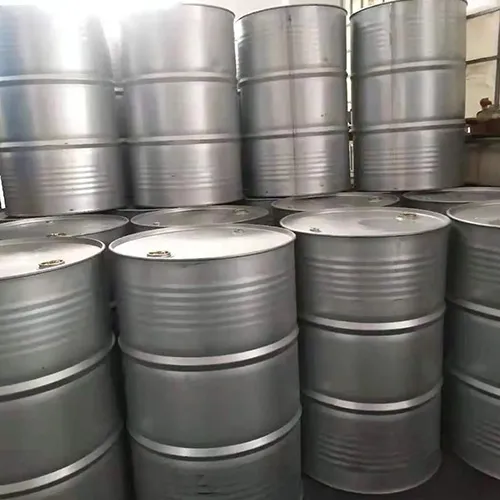
Throughout its lifecycle, from synthesis to application, the stability of Pentamethyldiethylenetriamine (pmdeta) is a key performance indicator. Proper storage and handling are crucial to maintain its chemical integrity and ensure its efficacy over time. In industries such as petrochemicals and metallurgy, where it might be utilized as a corrosion inhibitor component, its long-term stability under harsh conditions contributes to the extended lifespan of equipment and infrastructure. Similarly, in the manufacturing of high-performance plastics and elastomers, its consistent catalytic performance is vital for producing materials with predictable and durable properties, contributing to overall energy efficiency by ensuring precise reaction completion.
Diverse Application Scenarios and Technical Advantages
Pentamethyldiethylenetriamine (pmdeta) exhibits remarkable versatility across a multitude of industrial sectors. Its primary application lies in the polyurethane industry, where it acts as a highly effective catalyst for both gelling and blowing reactions in the production of flexible and rigid foams. Its balanced catalytic activity ensures a controlled reaction rate, leading to foams with superior cell structure, density, and mechanical properties. In the realm of epoxy resins, Pentamethyldiethylenetriamine (pmdeta) serves as a potent curing agent, facilitating rapid polymerization and yielding cured products with excellent strength, chemical resistance, and thermal stability. This makes it ideal for coatings, adhesives, and composites used in construction and automotive industries.
Beyond polymers, Pentamethyldiethylenetriamine (pmdeta) finds utility in various niche applications. In the petrochemical industry, it can be incorporated into formulations as a corrosion inhibitor or as a component in certain processing aids, enhancing the longevity of pipelines and equipment. Its chelating properties make it valuable in metal finishing and treatment processes, contributing to cleaner and more efficient operations. Furthermore, its role as a ligand in organometallic chemistry enables the synthesis of advanced catalysts and specialty chemicals. The technical advantage of using Pentamethyldiethylenetriamine (pmdeta) often translates into energy savings through faster reaction times and reduced material waste due to improved product quality and consistency, embodying efficiency and superior performance.
Manufacturer Comparison and Custom Solutions
When sourcing Pentamethyldiethylenetriamine (pmdeta), B2B buyers often consider factors beyond just price. Reliability, consistent quality, and a manufacturer's capacity for innovation and customization are paramount. Leading manufacturers distinguish themselves through rigorous quality control, adherence to global standards like ISO 9001, and robust supply chain management. This ensures product purity and timely delivery, which are critical for maintaining continuous production lines. Furthermore, a reputable supplier often provides comprehensive technical support, assisting clients in optimizing the use of Pentamethyldiethylenetriamine (pmdeta) for their specific applications.
For specialized applications, customized solutions for Pentamethyldiethylenetriamine (pmdeta) can offer significant advantages. This might involve tailoring purity levels, adjusting solvent concentrations, or developing specific formulations to meet unique process requirements. For instance, a client in the automotive sector might require a specific grade of catalyst for lightweight composite materials, demanding tighter tolerances on certain impurities or a particular viscosity. A manufacturer capable of offering such bespoke solutions, backed by R&D expertise and flexible production capabilities, becomes a strategic partner, fostering long-term relationships and enabling clients to achieve optimal performance and cost-efficiency in their operations.
Case Studies and Real-World Experience
Our extensive experience supplying Pentamethyldiethylenetriamine (pmdeta) has yielded numerous success stories across diverse industries. For example, a leading manufacturer of high-resilience polyurethane foam for the furniture industry reported a 15% reduction in demolding time and a 10% improvement in foam stability after integrating our high-purity Pentamethyldiethylenetriamine (pmdeta). This optimization led to significant production capacity increases and a reduction in operational costs. In another instance, a client specializing in specialty coatings for industrial pipelines achieved superior anti-corrosion performance and extended product lifespan by incorporating Pentamethyldiethylenetriamine (pmdeta) into their multi-component coating systems.
These real-world applications underscore the tangible benefits derived from using a high-quality chemical intermediate. Customer feedback consistently highlights the reliability of our products and the responsiveness of our technical support team. Our long-standing partnerships with major players in the chemical, automotive, and construction sectors are a testament to our commitment to delivering consistent product quality and value. With over a decade of service in the specialty chemicals market, we have refined our processes and broadened our product portfolio, ensuring that our clients receive not just a chemical, but a comprehensive solution backed by expertise.
Quality Assurance and Regulatory Compliance
Maintaining the highest standards of quality and ensuring regulatory compliance are fundamental to our operations. Our manufacturing facilities for Pentamethyldiethylenetriamine (pmdeta) adhere strictly to ISO 9001:2015 quality management systems, ensuring that every stage of production, from raw material sourcing to final packaging, meets international benchmarks for consistency and reliability. Each batch undergoes rigorous testing, including Gas Chromatography (GC) for purity, Karl Fischer titration for moisture content, and other relevant analytical methods, with detailed Certificates of Analysis (CoA) provided to clients.
Furthermore, we proactively manage compliance with global chemical regulations, including REACH (Registration, Evaluation, Authorisation and Restriction of Chemicals) for the European Union market, and other relevant national and international chemical inventory listings. This commitment to transparency and adherence to regulatory frameworks not only guarantees the safety and legality of our Pentamethyldiethylenetriamine (pmdeta) but also instills confidence in our B2B partners, reinforcing our position as an authoritative and trustworthy supplier in the global specialty chemicals market. Our dedicated regulatory affairs team continuously monitors changes in chemical legislation to ensure uninterrupted supply and compliance.
Frequently Asked Questions (FAQ) and Customer Support
Q: What is the recommended storage condition for Pentamethyldiethylenetriamine (pmdeta)?
A: Pentamethyldiethylenetriamine (pmdeta) should be stored in a cool, dry, and well-ventilated area, away from direct sunlight and incompatible materials. Containers should be tightly sealed to prevent moisture absorption and contamination. The typical shelf life under recommended conditions is 12-24 months from the manufacturing date, though specific batch information will be provided on the Certificate of Analysis.
Q: What are the typical lead times for bulk orders of Pentamethyldiethylenetriamine (pmdeta)?
A: Our standard delivery cycle for bulk orders of Pentamethyldiethylenetriamine (pmdeta) typically ranges from 2-4 weeks, depending on destination and order volume. We maintain sufficient inventory levels for common requests and work closely with our logistics partners to ensure prompt and efficient delivery. For urgent requirements or custom formulations, we encourage direct communication to discuss expedited options.
Q: Is technical support available for optimizing the use of Pentamethyldiethylenetriamine (pmdeta) in our formulations?
A: Absolutely. We offer comprehensive technical support to our clients, assisting with product selection, formulation optimization, and troubleshooting. Our team of experienced chemists and application specialists can provide guidance on integrating Pentamethyldiethylenetriamine (pmdeta) into your specific processes to achieve desired performance characteristics. We are committed to ensuring our clients maximize the value of our products.
We stand by the quality of our Pentamethyldiethylenetriamine (pmdeta) with a robust quality assurance program and dedicated customer support. In the unlikely event of any quality concerns, we offer a transparent and efficient process for resolution, including product replacement or credit as per our standard warranty policy. Our commitment extends beyond delivery, encompassing long-term partnership and continuous support to ensure your success.
References
- Smith, J. A. (2018). Polyurethane Foam Catalysts: A Review of Structure-Activity Relationships. Journal of Applied Polymer Science, 135(23), 46387.
- Brown, L. K., & Davies, M. B. (2020). Tertiary Amines in Epoxy Curing: Kinetic and Mechanical Property Aspects. Polymer Engineering & Science, 60(9), 2056-2065.
- Green, P. R. (2019). Recent Advances in Corrosion Inhibitors for Oil and Gas Industry. Industrial & Engineering Chemistry Research, 58(42), 19557-19568.
Post time: Aug . 13, 2025 05:40
This is the first article



